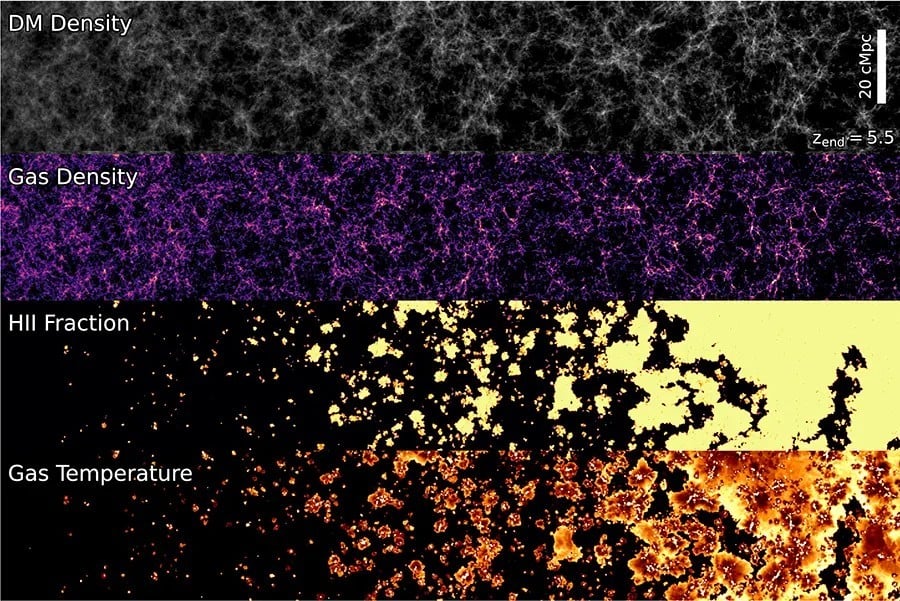Division of Computational Physics

For centuries, the scientific method has stood on two pillars: experimentation and theory. Researchers conduct experiments and link their observations to theories, which are confirmed, modified, or overturned by new observations.
But today, some research questions in physics rely on a third, much newer pillar: computation. Without it, many recent achievements—from the detection of the Higgs boson in 2012 to the first observation of gravitational waves in 2016—would have been impossible.
With more than 3,000 members, the Division of Computational Physics (DCOMP) is a hub for researchers who lean on this third pillar.
Computational physics exists “in essentially all subfields of physics,” says DCOMP chair Annabella Selloni, a professor of computational physical chemistry at Princeton University.
Machine learning, artificial intelligence, and data science are hot topics in the field, where they can be applied to materials design, molecular simulations, and predictions of complex systems. Computational astrophysicists, meanwhile, seek to simulate conditions in stars and galaxies that would be impossible to recreate in a laboratory setting.
Unsurprisingly, then, DCOMP members “identify as computational physicists as much as they identify [with] a particular specialization of physics,” said Marivi Fernández-Serra, DCOMP secretary/treasurer and a professor of computational condensed matter physics at Stony Brook University.
DCOMP began as a topical group in 1986, when personal computers had just emerged. Members joined the new unit in droves, and DCOMP was elevated from topical group to division after only two years, reflecting the rapid adoption of computational approaches in physics research—and the fast evolution of computers. Today, the division is evenly divided between researchers who develop computational methods and those who apply these methods to specific questions in physics.
DCOMP is one of few APS divisions with a presence at both the atomic, condensed matter, and materials-focused March Meeting and the astrophysics, particle physics, and gravitation-oriented April Meeting. At this year’s March Meeting, DCOMP’s sessions covered topics ranging from quantum simulations to many-body physics. At the April Meeting, one session touched on computational stellar astrophysics; another centered on how to integrate computational physics into undergraduate curricula.
DCOMP also helps organize smaller meetings. One of the most prominent is the Conference for Computational Physics (CCP), held every summer in Europe or the US. This year, it was virtual.
Demographically, the division faces challenges. “We would like to see computational physics become much more diverse than it is so far,” says Fernández-Serra. Only 15% of DCOMP members are women, but the tide may be turning: Women hold three of the four main positions in DCOMP’s executive committee.
But prospective members have plenty to gain from joining DCOMP. Students can receive travel grants to attend conferences; and members can nominate speakers and suggest symposia. And all members gain a sense of community, says Selloni: “Membership in DCOMP enables you to network with a broad and diverse group of physicists.”
Visit the DCOMP website to learn more.